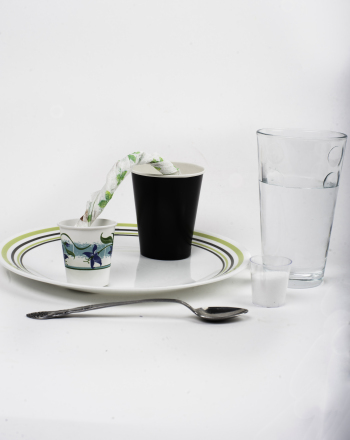
Cargando...
Zer egin dezaket?
224315 materialEducativo
textoFiltroFichatipo de documento Biologia - Esperimentua/Praktika
Baliabide honi buruz...

Deserts are hot and full of sand, camels, and cacti, right? Not always! In this experiment, you’ll learn how some of the world’s toughest plants survive in cold deserts.How can a desert be cold? A desert is a place that is arid, or dry, but it’s not always hot. Deserts generally receive less than 50 cm of rainfall every year. Some deserts are both dry and cold, creating particularly challenging conditions for plants. These desert environments often receive most of their precipitation in the form of winter snow. The Gobi Desert in Mongolia is an example of a cold desert.Life might seem hard enough in these cold, dry conditions, but there’s another complication for cold desert plants: the soil that they live in is very salty. When it does rain in a cold desert, mineral deposits are exposed and get shifted around, mixing salt into the soil.Xerophytes are plants have many ways of adapting to these dry, cold, and salty climates. One way that xerophytes deal with the dryness is by losing some or all of their leaves when it’s dry or very cold—in other words, they can be partially deciduous. Other plants are halophytes: plants adapted to salty environments. In this experiment, you’ll explore one way that halophytic plants manage their salt levels
It is an educational content by education.com.
By clicking on the title of this resource, you will be redirected to the content. If you want to download the project, you just have to join the website, which now is for FREE.

Mira un ejemplo de lo que te pierdes
Autores:
Kategoriak:
Etiketak:
Fecha publicación: 12.5.2016
Baliabidearen jatorrizko lizentzia errespetatzen da.
Aipatu nahi al duzu? Erregistratu o Hasi saioa
Didactalia-ri Gehitzea Arrastra el botón a la barra de marcadores del navegador y comparte tus contenidos preferidos. Más info...
Aipatu
0